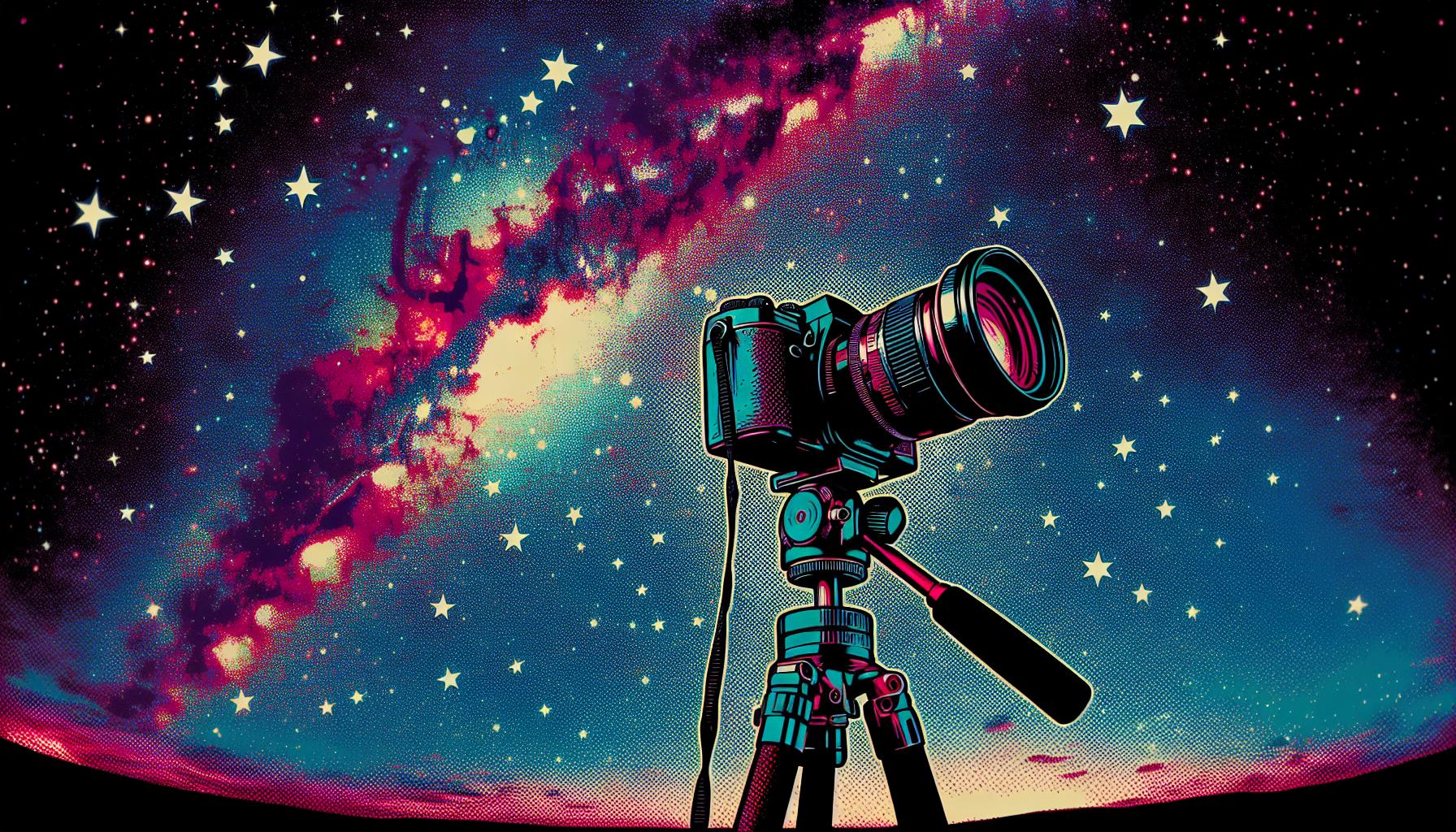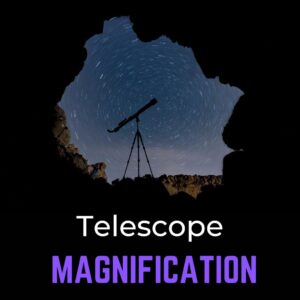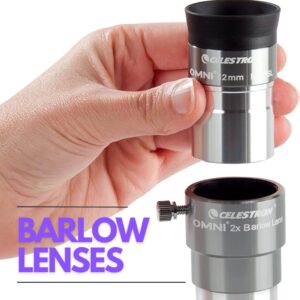This site contains affiliate links to products. I may receive a commission for purchases made through these links.
Astrophotography’s a fascinating field that’s often misunderstood. One crucial aspect that’s commonly overlooked is white balance. Now, you might be wondering, “What white balance should I use for astrophotography?”
Well, it’s not as complicated as it sounds. White balance in astrophotography plays a significant role in capturing the night sky in all its glory. It’s not just about getting the right exposure or focus – it’s about portraying the cosmos in the most accurate colors possible.
What is White Balance
White balance, as the term suggests, is a cornerstone photography concept that primarily concerns itself with color accuracy. In simple terms, it’s all about adjusting the colors in your images so that they look accurate and natural. White balance plays an essential role in all types of photography, not just astrophotography.
The purpose? To ensure colors in the images align as close as possible to what our eyes perceive. This can be tricky as our brain auto-corrects colors depending on the lighting. That’s something our cameras don’t naturally do. Remember, different light sources produce different color temperatures, thus affecting how the colors appear in a photo. For instance, incandescent bulbs emit a warm yellowish light, while daylight tends to be blueish. To overcome this challenge, it’s critical to adjust white balance.
In the context of astrophotography, white balance becomes immensely crucial. Here’s why – The night sky is filled with a kaleidoscope of colors that we often can’t see with the naked eye due to the earth’s atmospheric interference. Professional astrophotographers spend hours pondering and tweaking white balance settings to depict the cosmos authentically. Get it right, and you can capture the vibrant reds of nebulas, subtle blues of distant stars, and the profound blacks that define the vastness of space. One misplaced adjustment and the entire final image can suffer.
Does that mean you need high-end equipment to achieve the perfect white balance? Not really. Today’s DSLR and mirrorless cameras, and even some smartphone camera apps, offer the ability to tweak white balance manually. You can adjust it according to a standard preset (daylight, cloudy, tungsten, etc.) or even dial in a specific color temperature if you wish to experiment.
So, the takeaway here – White balance is more than just a setting; it’s a crucial instrument for faithfully delving into celestial bodies’ true beauty. Perfecting it may require practice and patience, but the results can be spectacular.
Importance of White Balance in Astrophotography
White balance isn’t merely an artistic tool. It’s a lot more than that, especially in astrophotography. Let’s dwell a bit more into the specifics. Astrophotography is an area where the importance of correctly adjusting white balance cannot be overstated. It’s what lends life to the celestial bodies we capture on our lenses.
The primary source of light in astrophotography is stars. They exhibit a variety of colors, each indicating a different temperature and element composition. These colors range from cool blues to warm yellows and reds. Adjusting white balance rightly makes sure these subtleties in colors are optimally represented.
Without proper white balance, the colors of celestial bodies get distorted. Our photos might portray nebulae, stars, and galaxies not as we’d expect them to be, but somewhat color-skewed versions. A slight tilt towards either warmth or coolness in the white balance slider, and you’re potentially looking at a completely different interstellar vista than the one you’ve captured.
In astrophotography, the basis for proper white balance lies in understanding color temperatures. Different stars and galaxies emit light at different wavelengths, which in turn create unique color temperatures. For instance, a hot blue star might register a high value on the Kelvin scale, indicating a high color temperature.
We play around with these color temperatures while adjusting white balance. All it requires is an understanding of the implications and an eye for detail. An ability to visualize the color of light can immensely elevate your astrophotography.
Get it right, and you’ll be rewarded with astrophotographs showcasing vibrant, accurate colors. This adds a depth of realism tour images, making them captivating to the viewer. The breathtaking hues of a nebula or the fierce beauty of a supernova – all wonderfully presented, thanks to proper white balance. So, let’s dive a bit further in, and explore how you can optimize white balance in your astrophotography endeavors.
Understanding White Balance Settings
Grasping the concept of white balance settings is a major step in astounding astrophotography. To correctly represent the various hues of celestial bodies, it’s crucial to master your camera’s white balance settings.
Before we jump into the specifics, let’s clarify what white balance is. White balance is a setting in digital cameras that adjusts the colors to make them appear more natural under different kinds of light. During the day, the sunlight might cast a yellowish hue on objects, while fluorescent lighting tends to throw a bluish tone. Hence, the camera uses white balance settings to neutralize these color casts and keep colors appearing true to life.
Adjusting the white balance settings in astrophotography is somewhat substantial. The rich and vibrant colors you see in astrophotographs aren’t the result of random color splashing; they’re carefully crafted through meticulous white balance adjustments.
Take going from a warm white balance setting, 7000K for example, to a cool setting, say 2500K. This shift wouldn’t just adjust the color temperature, it would dramatically alter the appearance of your astro images.
You might be wondering, “What’s the best setting then?” Well, astrophotography doesn’t have a “one size fits all” white balance setting. The appropriate white balance setting depends on numerous factors including:
- The type and color of the celestial bodies you’re shooting
- The amount and type of ambient light pollution
- The type of camera sensor you’re using.
Later, I’m gonna delve deeper into each of these factors and how they influence your white balance settings. These factors are a major contributor to creating a stunning pallet of colors we see in astrophotography. Hence, don’t underestimate their influence on your end result.
Choosing the Right White Balance for Astrophotography
Figuring out the right white balance for your astro shots can feel a bit like rocket science. What’s important to remember is that the balance is not set in stone. Adjustments may be needed to fit the various factors at play. Such as the color and type of celestial bodies you’re capturing, the ambient light pollution, and even the specifics of your own camera sensor – it’s quite the dance of variables.
Let’s break it down. When photographing a predominantly red object – say, Mars – your white balance should lean towards the cool side. This will help counteract the strong red hues and create a balanced color reproduction. Conversely, shooting the cool-toned Orion Nebula might require a warmer white balance. These are just examples, but the concept holds across the board.
Dealing with light pollution? Adjust the white balance to neutralize the offending color. A greenish streetlamp glow? Offset it with hints of magenta in your white balance settings. It’s all a matter of counterbalancing.
Your camera sensor also plays a role. As I mentioned before, different sensors process light colors in a variety of ways. I’ve noticed that my own Canon tends to render cooler images when set to Auto White Balance under the starry skies, so I’ll often opt for a custom white balance here.
A handy tool for managing white balance in astrophotography is shooting in RAW. RAW images allow greater flexibility in tweaking the white balance during post-processing. The larger data available in RAW ensures no loss of information during modifications.
Don’t forget – astrophotography isn’t about strict adherence to technical perfection. There’s a certain freedom in painting the universe with your camera. While white balance is central to a visually correct image, it’s equally important to use it creatively. Let it play into your artistic vision as you explore the depths of the night sky.
Tips and Tricks for Achieving Accurate White Balance in Astrophotography
Achieving accurate white balance in astrophotography doesn’t need to be a daunting task. Here’s how you can make the process easier and get spectacular results.
Shoot in RAW: Shooting in RAW format offers flexibility in astrophotography. Unlike JPEGs, RAW images don’t have a predefined white balance setting upon capture. This implies you’re free to change the white balance later without degrading image quality. It means you can easily adjust the color temperature and tint in post-processing variance to achieve that perfect balance.
Use a Higher Kelvin Value: Try setting your camera’s white balance to a higher Kelvin value, somewhere around 4000K. This adjustment can neutralize some of the orange or red hues brought on by light pollution and gives cooler tones a chance to shine. Remember, astrophotography is distinctly graded on the cooler side of the white balance spectrum.
Experiment with Custom Settings: Every celestial body radiates its unique color. The moon might appear grey with a tint of blue, while Mars sparkles in red. Experimenting with custom white balance settings helps you capture these variations. It’s a trial-and-error process, but the rewards are worth the patience.
Use Post-Processing Software: Software like Lightroom or Photoshop can help correct or tweak the white balance in post-production. You can manipulate the temperature and tint sliders to achieve the desired white balance. Remember to keep aesthetics and color accuracy in balance while making these adjustments.
Conclusion
I’ve given you a roadmap to perfecting white balance in your astrophotography. Remember, shooting in RAW gives you the freedom to tweak your settings during post-processing. Don’t be afraid to crank up the Kelvin value to combat light pollution and bring out those stunning cooler hues.
Custom white balance settings are your secret weapon to capture the true colors of the cosmos. And don’t forget the power of software like Lightroom or Photoshop to fine-tune your images. Astrophotography isn’t a one-size-fits-all craft. It’s a journey of discovery and improvement. So keep experimenting, keep learning, and most importantly, keep looking up.




